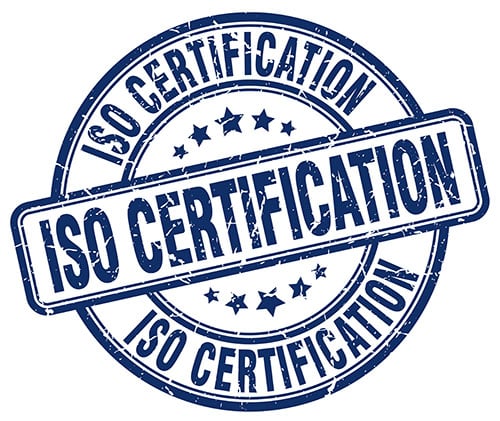Quality is always one of the critical issues discussed in translation. However, the roles of quality assurance and quality control in the process of manufacturing a product or providing a service are often glazed over.
An excellent place to start is to define the concepts that are part of the Quality discussion. These definitions are from the Food and Agriculture Organization of the United Nations.
Quality
This ISO definition expresses quality as follows, “The totality of features and characteristics of a product or service that bear on its ability to satisfy stated or implied needs.” In simpler words, one can say that a product has good quality when it “complies with the requirements specified by the client.
Quality management
Quality Management is the assembly and management of all activities aimed at the production of quality by organizations of various kinds. In the present case, this implies the introduction and proper running of a Quality Management System (QMS).
Quality assurance
Proper Quality Management implies the implementation of the next level: Quality Assurance. The ISO definition reads: “the assembly of all planned and systematic actions necessary to provide adequate confidence that a product, process, or service will satisfy given quality requirements.” The result of these actions aimed at producing quality is ideally monitored by someone independent of the work, like an Internal Auditor or the Quality Assurance Officer.
Quality control
A significant part of the quality assurance effort is Quality Control defined by ISO as “the operational techniques and activities used to satisfy quality requirements. “ An essential part of the quality control is the Quality Assessment: the system of steps to verify if the quality control activities are effective, in other words: an evaluation of the products themselves.
Quality control is primarily aimed at the prevention of errors. Yet, despite all efforts, it remains inevitable that mistakes will be made. Therefore, the control system should have checks to detect them. When errors are suspected or discovered, the “Five W’s” must be collected:
- What error was made?
- Where was it made?
- When was it made?
- Who made it?
- Why was it made?
Implementation
When all these questions are answered, proper action can be taken to correct the error and prevent the same mistake from being repeated.
The big question is how much energy your company can invest in Quality Assurance versus Quality Control. Would you prefer to prevent errors from happening at all, or would you prefer to catch the mistakes before they affect your finished product?
For each organization, there is likely a proper mix of QC and QA efforts that make sense. The cost and time required to prevent all mistakes are probably too high. In a recent episode of the Translation Confidential podcast, ISO consultant Sherri Gallagher discussed appropriate steps for companies seeking to implement a QMS for their organization.
Companies required to implement a QMS in support of an ISO registration sometimes see the effort as a waste of time and money, instead of thinking of the initiative as an investment in sound quality management.
Taking a company through the implementation of a QMS system and the eventual audit for an ISO registration can highlight critical gaps in your processes. These gaps affect the quality of your final product and will likely lead to rework and a loss of credibility and trust with your clients.
Some of the steps in implementing a QMS can lead to valuable benefits:
- documented procedures
- onboarding procedures for employees and vendors
- determination of crucial Key Performance Indicators (KPIs) for each role
- identifying and planning for risks to your company's profitability
A sound QMS can help you understand the proper balance between Quality Assurance and Quality Control in your organization.






Comments